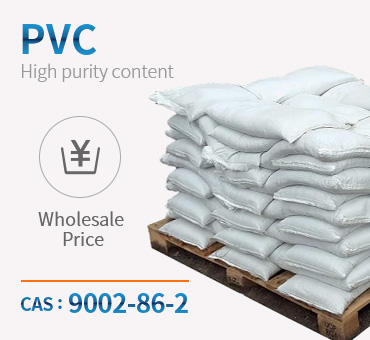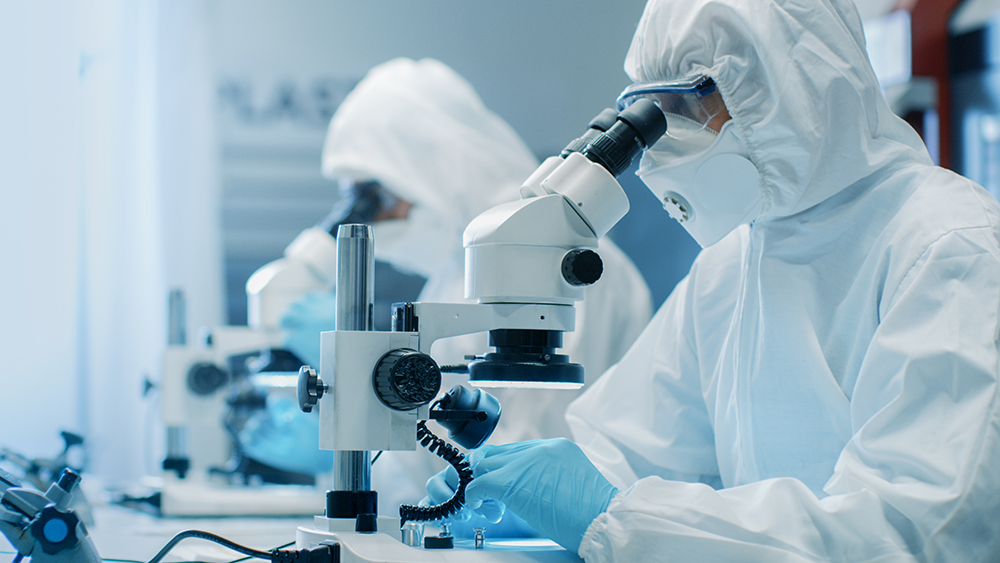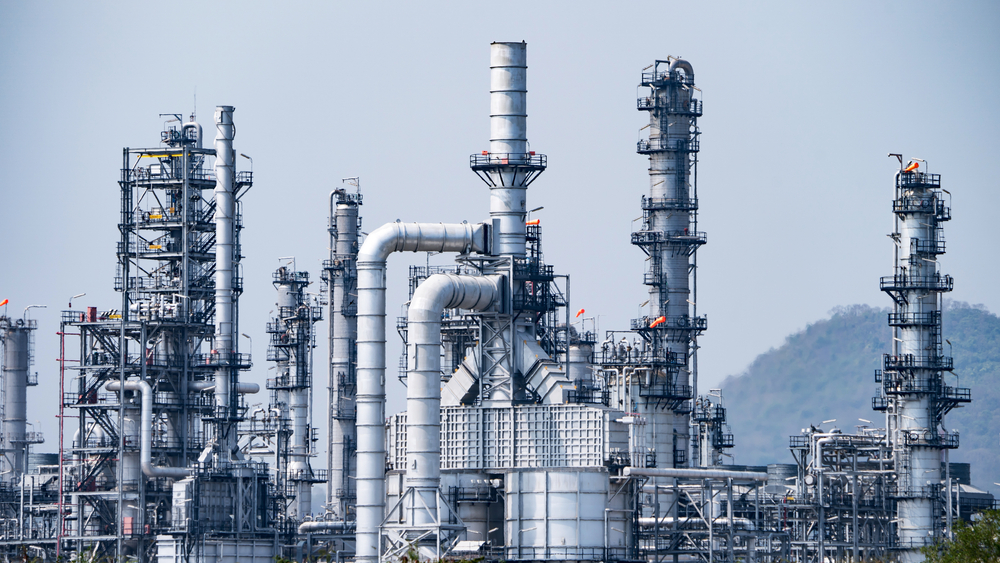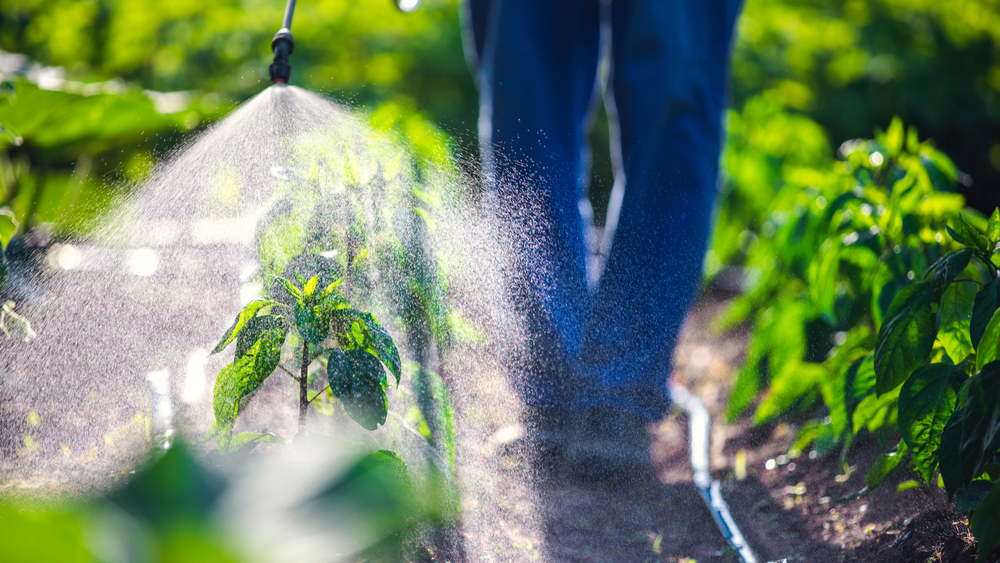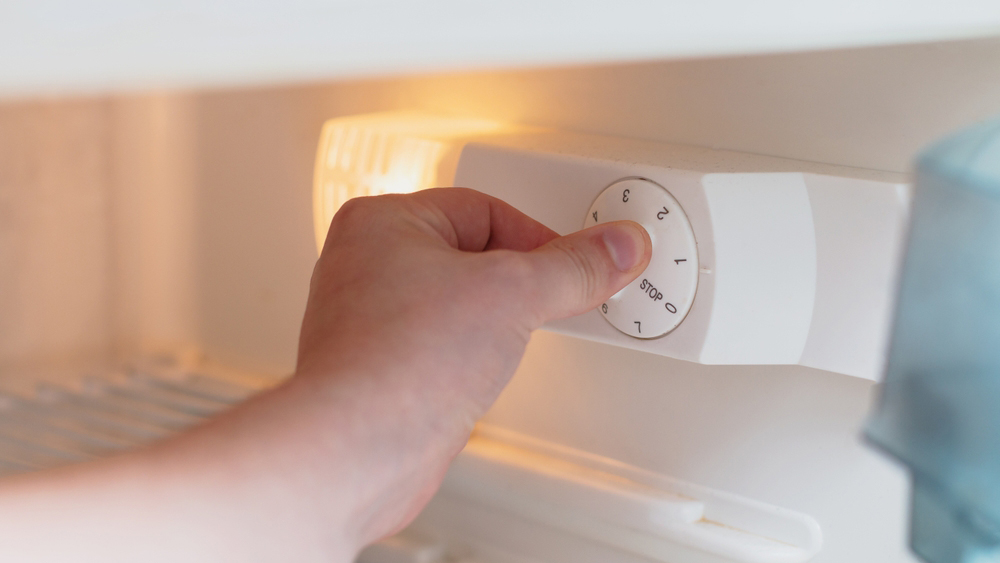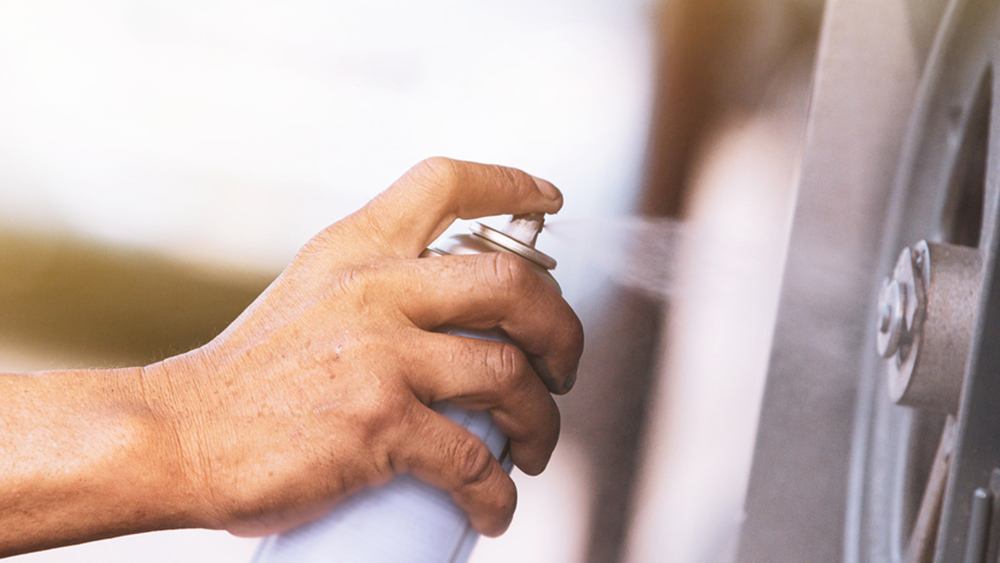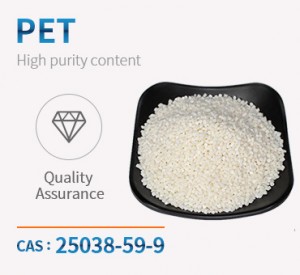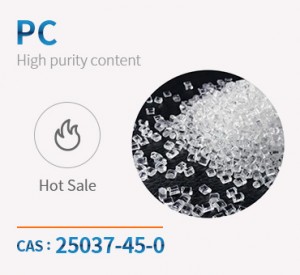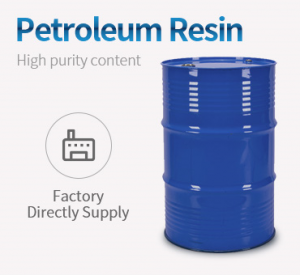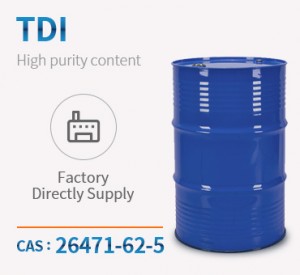Khoom npe:Polyvinyl Chloride
Molecular hom:C2H3Cl
CAS Nr.:9002-86-2
Cov khoom siv molecular:

Polyvinyl chloride, feem ntau abbreviated PVC, yog qhov thib peb tshaj plaws tsim yas, tom qab polyethylene thiab polypropylene. PVC yog siv hauv kev tsim kho vim tias nws muaj txiaj ntsig zoo dua li cov khoom siv ib txwm muaj xws li tooj liab, hlau lossis ntoo hauv cov yeeb nkab thiab cov ntawv thov profile. Nws tuaj yeem ua softer thiab hloov tau yooj yim los ntawm kev sib ntxiv ntawm plasticizers, feem ntau siv yog phthalates. Nyob rau hauv daim ntawv no, nws kuj yog siv rau hauv cov khaub ncaws thiab upholstery, hluav taws xob cable rwb thaiv tsev, inflatable khoom thiab ntau daim ntawv thov nyob rau hauv uas nws hloov cov roj hmab.
Ntshiab polyvinyl chloride yog dawb, nkig khoom. Nws yog insoluble hauv cawv, tab sis me ntsis soluble hauv tetrahydrofuran.
Peroxide- los yog thiadiazole-kho CPE nthuav tawm zoo thermal stability mus txog 150 ° C thiab muaj roj ntau dua li cov roj elastomers uas tsis yog-polar xws li roj hmab ntuj lossis EPDFM.
Cov khoom lag luam yog mos thaum cov ntsiab lus chlorine yog 28-38%. Ntawm ntau tshaj 45% chlorine cov ntsiab lus, cov khoom zoo li polyvinyl chloride. Higher-molecular-weight polyethylene yields chlorinated polyethylene uas muaj viscosity siab thiab tensile lub zog.
PVC tus nqi qis, lom thiab tshuaj lom neeg thiab kev ua haujlwm tau ua rau nws siv rau ntau yam kev siv. Nws yog siv rau cov kav dej phwj thiab lwm yam kev siv yeeb nkab uas tus nqi lossis qhov tsis zoo rau corrosion txwv kev siv hlau. Nrog rau qhov sib ntxiv ntawm cov kev hloov pauv thiab cov stabilizers, nws tau dhau los ua cov khoom siv nrov rau lub qhov rais thiab qhov rooj. Los ntawm kev ntxiv cov yas yas, nws tuaj yeem hloov tau yooj yim los siv rau hauv kev siv cabling raws li cov hlau insulator. Nws tau raug siv nyob rau hauv ntau lwm yam kev siv.
Cov kav dej
Kwv yees li ib nrab ntawm lub ntiaj teb polyvinyl chloride resin tsim txhua xyoo yog siv los tsim cov kav dej rau hauv nroog thiab kev lag luam. Hauv kev lag luam dej faib nws suav rau 66% ntawm kev ua lag luam hauv Asmeskas, thiab hauv kev siv cov kav dej huv, nws suav txog 75%. Nws lub teeb yuag, tus nqi qis, thiab kev saib xyuas qis ua rau nws txaus nyiam. Txawm li cas los xij, nws yuav tsum tau ua tib zoo ntsia thiab txaj kom ntseeg tau tias qhov ntev ntawm qhov tawg thiab overbelling tsis tshwm sim. Tsis tas li ntawd, cov kav dej PVC tuaj yeem raug fused ua ke siv ntau yam hnyav cements, los yog kub-fused (cov txheej txheem taub qab-fusion, zoo ib yam li kev koom nrog HDPE yeeb nkab), tsim cov pob qij txha mus tas li uas tsis muaj kev cuam tshuam rau kev xau.
Cov kab hluav taws xob
PVC feem ntau yog siv los ua cov rwb thaiv tsev ntawm cov hluav taws xob cables; PVC siv rau lub hom phiaj no yuav tsum tau plasticized.
Unplasticized polyvinyl chloride (uPVC) rau kev tsim kho
uPVC, tseem hu ua PVC tawv, yog siv dav hauv kev lag luam hauv tsev ua cov khoom siv tu qis, tshwj xeeb hauv Ireland, United Kingdom, thiab hauv Tebchaws Meskas. Hauv Tebchaws Meskas nws yog lub npe hu ua vinyl, lossis vinyl siding . Cov khoom siv los ntawm ntau yam xim thiab ua tiav, nrog rau cov duab - cov nyhuv ntoo tiav, thiab yog siv los hloov cov ntoo pleev xim, feem ntau yog rau cov qhov rais thav duab thiab sills thaum txhim kho ob chav glazing hauv cov tsev tshiab, lossis hloov cov qhov rais qub qub. Lwm yam kev siv muaj xws li fascia, thiab sab hauv lossis weatherboarding. Cov khoom siv no yuav luag tag nrho kev siv cov cam khwb cia hlau rau cov kav dej thiab cov kav dej, siv rau cov kav dej pov tseg, cov kav dej, cov kav dej thiab cov qhov dej. uPVC tsis muaj phthalates, vim cov no tsuas yog ntxiv rau PVC hloov tau, thiab tsis muaj BPA. uPVC yog lub npe hu ua muaj zog tiv thaiv cov tshuaj, tshav ntuj, thiab oxidation los ntawm dej.
Khaub ncaws thiab rooj tog
PVC tau siv dav hauv cov khaub ncaws, los tsim cov khoom zoo li tawv lossis qee zaum tsuas yog rau cov nyhuv ntawm PVC. Cov khaub ncaws PVC muaj ntau hauv Goth, Punk, khaub ncaws fetish thiab lwm yam fashions. PVC yog pheej yig dua li roj hmab, tawv, thiab latex uas nws yog siv los simulate.
Kev kho mob
Ob qhov chaw tseem ceeb rau kev kho mob cov khoom siv PVC yog cov thawv ntim thiab cov raj: cov thawv siv rau cov ntshav thiab cov ntshav rau cov zis los yog cov khoom siv ostomy thiab cov raj siv rau kev noj ntshav thiab ntshav muab teev, catheters, heartlung bypass sets, hemodialysis set thiab lwm yam. Nyob rau hauv cov teb chaws Europe kev siv PVC rau cov khoom siv kho mob yog kwv yees li 85.000 tons txhua xyoo. Yuav luag ib feem peb ntawm cov khoom siv kho mob yas yog tsim los ntawm PVC.
Pem teb
Pleev PVC flooring yog pheej yig thiab siv ntau lub tsev npog hauv tsev, tsev kho mob, chaw ua haujlwm, tsev kawm ntawv, thiab lwm yam. Cov qauv tsim thiab 3D muaj peev xwm ua tau vim muaj cov ntawv luam tawm uas tuaj yeem tsim los ntawm kev tiv thaiv los ntawm kev hnav khaub ncaws ntshiab. Ib qho nruab nrab vinyl ua npuas ncauj txheej kuj ua rau kom xis nyob thiab nyab xeeb. Qhov du, tawv tawv ntawm cov khaubncaws sab nraud povtseg tiv thaiv cov av uas tiv thaiv microbes los ntawm kev yug me nyuam hauv thaj chaw uas yuav tsum tau ua kom tsis muaj menyuam, xws li tsev kho mob thiab chaw kho mob.
Lwm daim ntawv thov
PVC tau siv rau ntau tus neeg siv khoom ntawm cov ntim me me piv rau cov ntawv thov kev lag luam thiab kev lag luam tau piav qhia saum toj no. Lwm qhov ntawm nws cov neeg siv khoom lag luam ntxov tshaj plaws yog ua cov ntaub ntawv yas. Cov piv txwv tsis ntev los no muaj xws li phab ntsa, tsev cog khoom, chaw ua si hauv tsev, ua npuas ncauj thiab lwm yam khoom ua si, kev cai tsheb toppers (tarpaulins), qab nthab vuas thiab lwm yam ntawm sab hauv cladding.
Chemwin tuaj yeem muab ntau hom hydrocarbons thiab cov kuab tshuaj tshuaj lom neeg rau cov neeg siv khoom.Ua ntej ntawd, thov nyeem cov lus qhia hauv qab no txog kev ua lag luam nrog peb:
1. Kev ruaj ntseg
Kev nyab xeeb yog peb qhov tseem ceeb tshaj plaws. Ntxiv nrog rau kev muab cov neeg siv khoom paub txog kev nyab xeeb thiab ib puag ncig tus phooj ywg siv peb cov khoom, peb kuj tau cog lus los xyuas kom meej tias kev nyab xeeb ntawm cov neeg ua haujlwm thiab cov neeg cog lus raug txo qis rau qhov tsim nyog thiab ua tau yam tsawg kawg nkaus. Yog li, peb xav kom tus neeg siv khoom kom ntseeg tau tias qhov tsim nyog tshem tawm thiab khaws cov qauv kev nyab xeeb tau ua tiav ua ntej peb xa khoom (thov xa mus rau HSSE appendix nyob rau hauv cov nqe lus dav dav thiab kev muag khoom hauv qab no). Peb cov kws tshaj lij HSSE tuaj yeem muab kev taw qhia txog cov qauv no.
2. Txoj kev xa khoom
Cov neeg siv khoom tuaj yeem xaj thiab xa khoom los ntawm chemwin, lossis lawv tuaj yeem tau txais cov khoom los ntawm peb cov chaw tsim khoom. Cov hom kev thauj mus los muaj xws li tsheb thauj mus los, tsheb ciav hlau lossis kev thauj mus los ntau yam (xws li kev sib cais).
Nyob rau hauv cov ntaub ntawv ntawm cov neeg yuav tsum tau, peb muaj peev xwm qhia kom meej qhov yuav tsum tau ntawm barges los yog tankers thiab siv tshwj xeeb kev nyab xeeb / tshuaj xyuas cov qauv thiab cov kev cai.
3. Yam tsawg kawg nkaus kom muaj nuj nqis
Yog tias koj yuav khoom los ntawm peb lub vev xaib, qhov kev txiav txim yam tsawg kawg nkaus yog 30 tons.
4. Kev them nyiaj
Txoj kev them nyiaj tus qauv yog txiav tawm ncaj qha hauv 30 hnub txij li daim ntawv xa nyiaj.
5. Cov ntaub ntawv xa tuaj
Cov ntaub ntawv hauv qab no tau muab nrog rau txhua qhov kev xa khoom:
· Bill of Lading, CMR Waybill lossis lwm yam ntaub ntawv thauj mus los
· Certificate of Analysis los yog Conformity (yog xav tau)
· Cov ntaub ntawv hais txog HSSE raws li txoj cai
· Cov ntaub ntawv kev lis kev cai raws li txoj cai (yog tias xav tau)
Cov khoom qeb
-

Xov tooj
-

E-mail
-

Whatsapp
-

Sab saum toj

